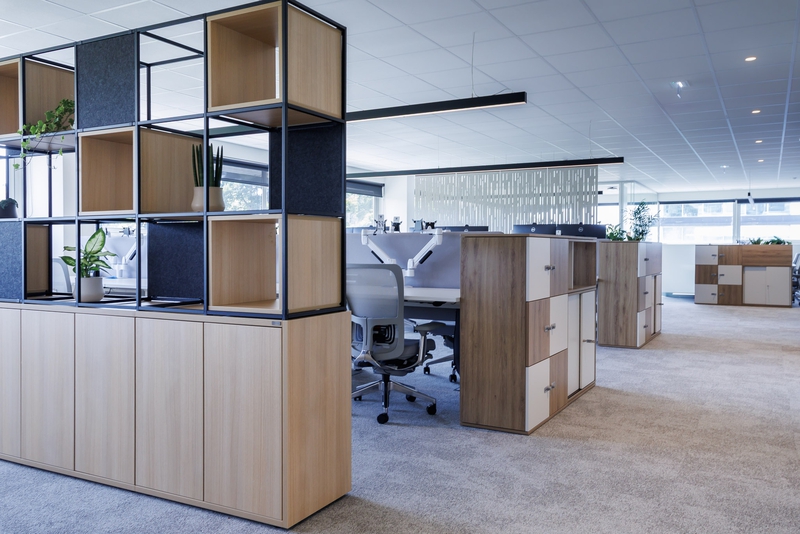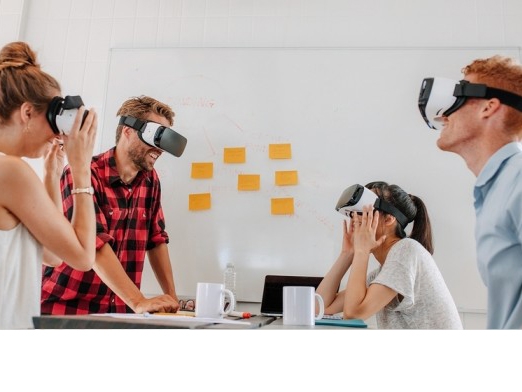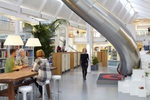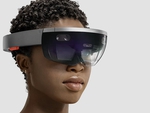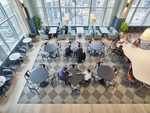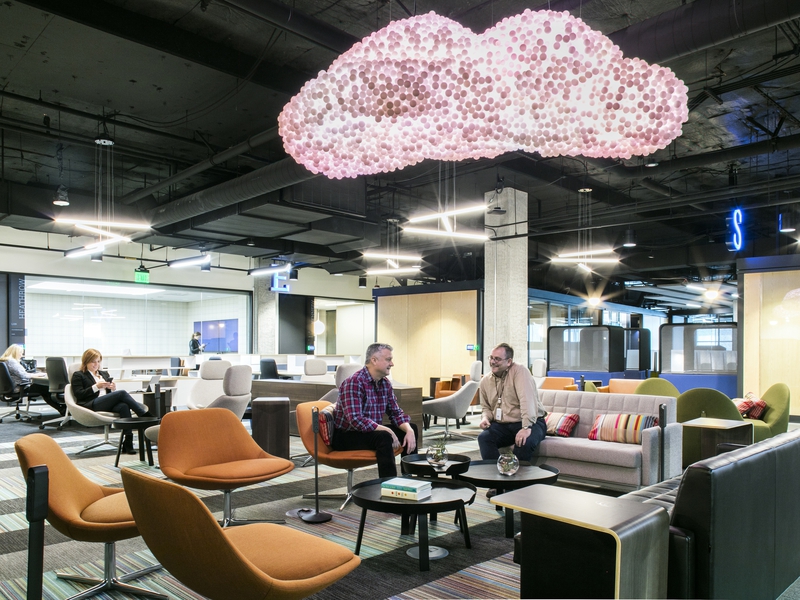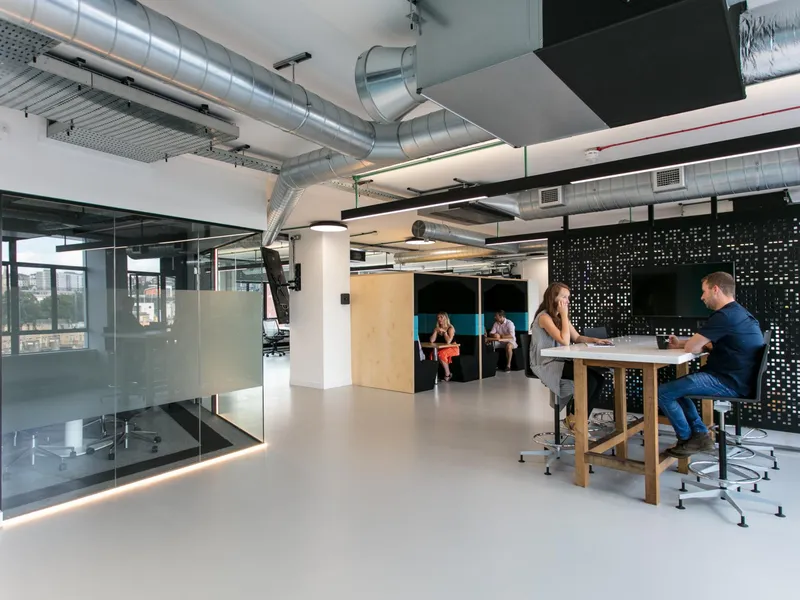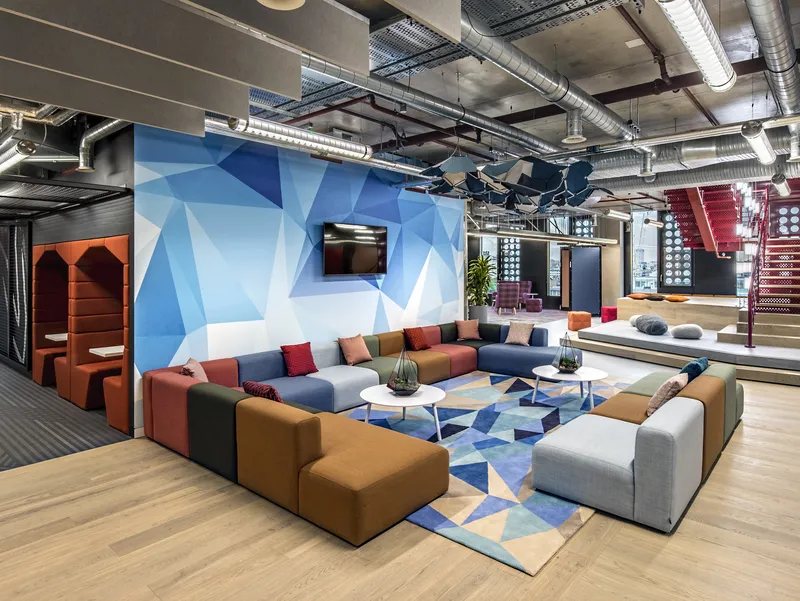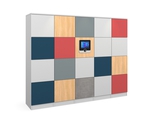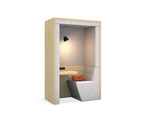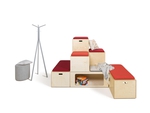17 septembre 2018
Tendances du secteur
“Augmented reality” (AR), meaning the superimposition of computer-generated images and objects onto the real world, is already with us. Such blending of the virtual and the real has been made possible by smart phones – consider the Pokémon Go game for instance – but in coming years will mostly take place inside of augmented reality headsets like Google’s forthcoming AR headset, Microsoft’s HoloLens and Magic Leap’s Lightwear. Each will allow wearers to manipulate holograms projected on top of the real world outside, which is how augmented reality works; furthermore they will also allow wearers to manipulate 3D holograms projected seamlessly into the real world outside, which is how the closely linked concept of mixed reality works.

These headsets have been designed specifically for use in workplaces and classrooms, and these are the spaces in which AR technology is most expected to thrive. So following are some examples of how it will be used in the office, and how these applications will change the way offices are designed.
AR Meetings
AR meetings take place in virtual conference rooms in which you and your colleagues from all around the world can sit down together and talk. You’ll be able to bring remote workers together with your in-house team and feel like you’re all sharing the same space. With the use of modern cameras and motion-capture technology, body language and facial expressions can be transmitted across great distances, meaning communication technology will become more personal, and feel more real than ever; ideal for company meetings, client meetings, job interviews and more.
AR meeting rooms also empower you to share information in more useful ways than today’s email and messaging apps, which brings us nicely onto …

AR Presentations
AR presentations will incorporate computer-generated 3D objects, allowing those presenting to walk their audience through graphic data sets, project renderings, and anything else they please. A good example of this happens in our field of workplace design, in which architects and office specialists can produce virtual models of their plans and show them to clients and staff before going ahead with the build; and this is one of the reasons why we offer 3D CAD models of our products for download on our website.
The use of 3D holograms means staff and clients can view and discuss all sorts of objects and places without having to visit them in the real world. Today we communicate with words, photos and videos – but soon we’ll communicate by sharing experiences.

AR Training
Most people learn best by doing rather than seeing, so AR technology helpstake work training to a whole new level: you can place employees in simulated situations and have them learn as they go. Not only does this speed up the training process, saving money, but your employees will be better prepared for every aspect of their roles and ready and willing to adopt the latest technologies and practices.
Increased Productivity
Augmented reality provides knowledge workers with digital dashboards from which they can access the data that they need at any time. Furthermore, as they’ll be able to access the real and digital worlds simultaneously, they’ll be able to multi-task like never before: an employee could be speaking face to face with a customer while also looking up their query in their headset.
Streamlined Workplaces
Lastly, augmented reality will help to streamline workplaces. Consider the virtual office. You’ll turn on your glasses and everything you’ll need will appear around you: your apps, your notes, your virtual screens ticking over with information, your bookmarks, your conversations. By blurring the line between the physical and digital realms, AR headsets encourage us to move away from our screens. We’ve all seen our colleagues taking hands-free business calls; soon you’ll be able to take your whole desk hands-free, and work on the go. As such, there’ll be a preference for more comfortable spaces in the workplace: more sofas and soft spaces and breakout areas. Likewise there’ll also be a preference for more distraction-free spaces: more meeting pods and acoustic office furniture. The move away from the desk, and the screen, will change the way we think about workplaces forever.

The rise of augmented reality will also mean that teams can become more spread out: tomorrow’s leading offices might well occupy many separate sites, in all kinds of shapes and sizes – as well as employees working remotely from home – all of which will be brought together when necessary in shared AR conference rooms. The most important thing to remember is: augmented reality is not there to create the most immersive experience possible, but rather to create the most valuable shared experience possible for all its users.
Partager cet article
_huge.jpg)



